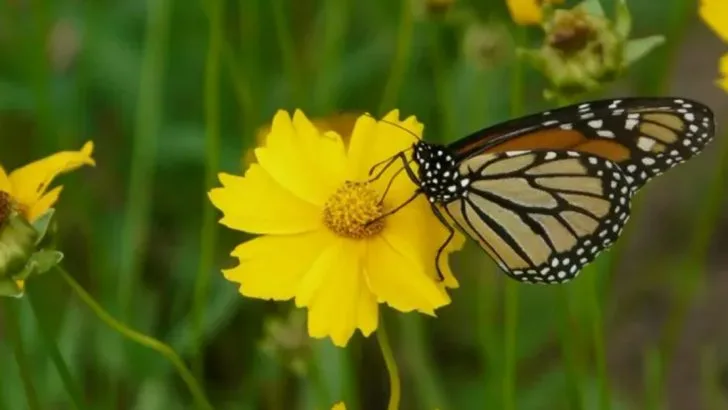If you want more buzzing, fluttering, and patrolling in your garden—plant with purpose. Not every bloom pulls its weight. Some look pretty and do nothing. Others? They call in the winged cavalry. Bees show up. Butterflies hover. Ladybugs move in like they own the place. And the secret isn’t flashy hybrids or oversized petals—it’s going native. These 10 flowers weren’t bred in a lab or picked for bouquets. They belong here. So if you’re tired of watching pests run wild while your garden begs for backup, stop planting strangers. Give these local legends a spot in your beds, and the helpers will come flying.
Echinacea

Known for its striking purple petals and prominent cone center, Echinacea is a magnet for bees and butterflies. Its hardy nature allows it to thrive in a variety of conditions, making it a versatile addition to any garden.
What’s more, Echinacea has been used for centuries in herbal remedies, adding a layer of historical intrigue. Its tall stature and vibrant color make it a standout feature in flower beds.
Because it blooms from summer to fall, it ensures a continuous source of nectar, drawing in beneficial insects all season long.
Milkweed
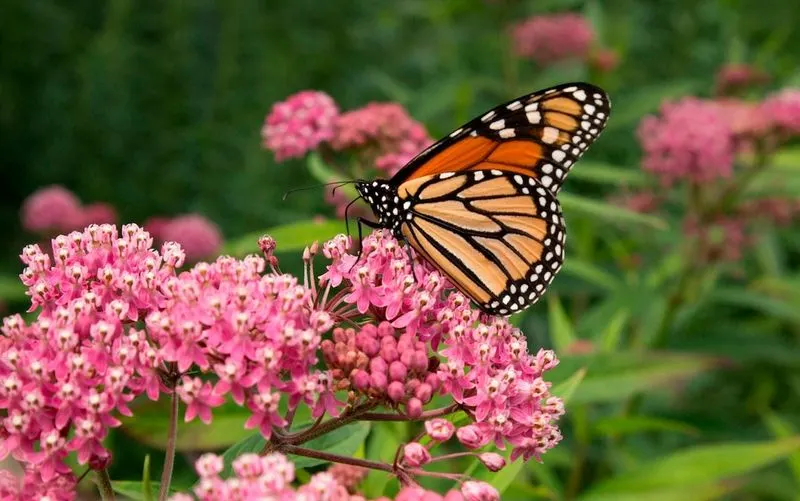
Milkweed serves as the primary host plant for monarch butterflies, providing a critical habitat for their reproduction. Its sweet-smelling flowers are not only attractive to monarchs but also to a wide range of pollinators.
In addition to its ecological role, Milkweed’s fluffy seeds are a sight to behold when carried by the wind. This charm and utility make it a popular choice among nature enthusiasts.
By planting Milkweed, you’re playing a part in sustaining the delicate lifecycle of one of nature’s most iconic butterflies.
Black-Eyed Susan
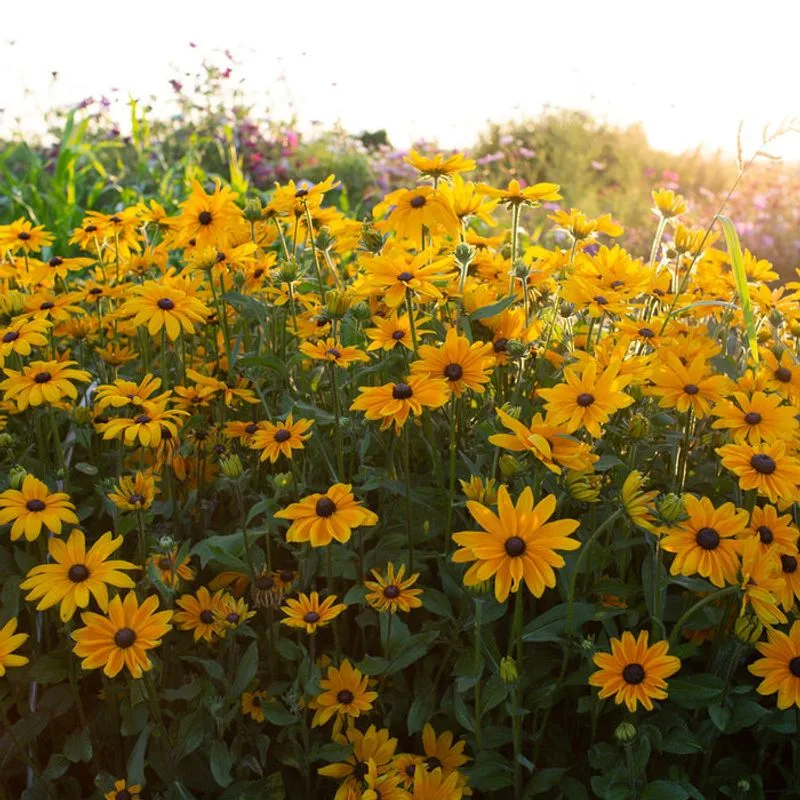
Black-Eyed Susan, with its daisy-like appearance, is synonymous with summer gardens. Its vibrant yellow petals surrounding a dark center are a favorite among bees and birds.
This resilient plant is easy to grow, providing a splash of sunshine even in less than ideal soil conditions. Its long blooming period offers a steady food source for insects and birds.
Historically, it has been used in traditional medicine, further cementing its place in garden lore. Its beauty and practicality make it an excellent choice for attracting beneficial insects.
Goldenrod
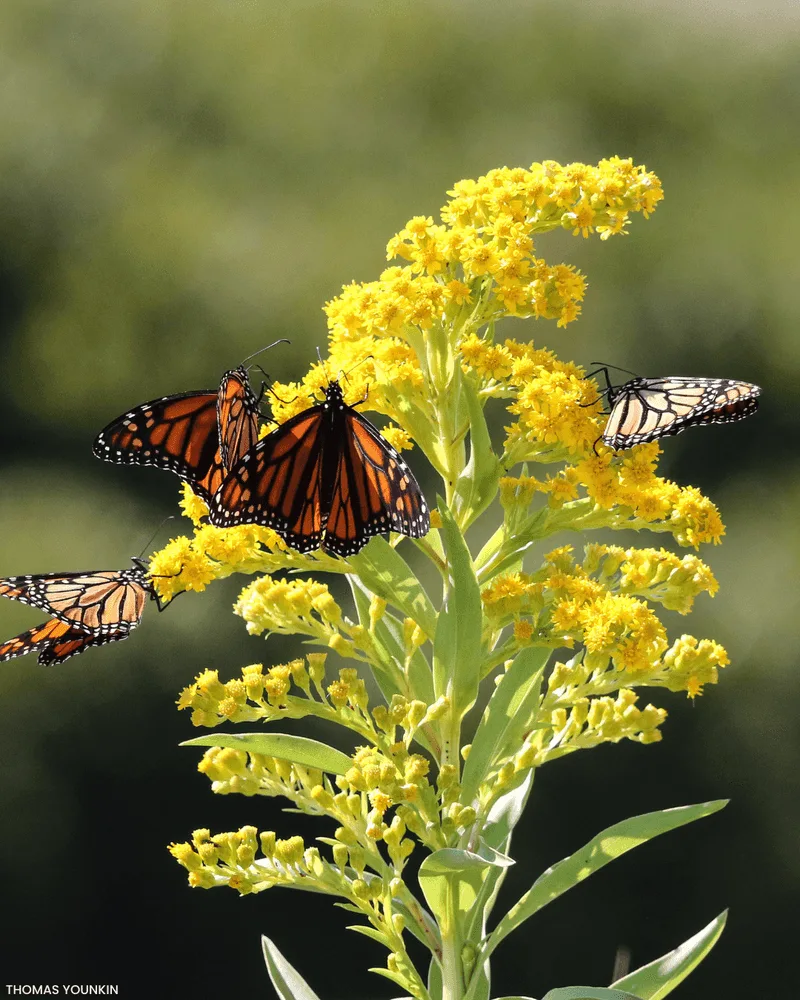
Goldenrod is often mistaken for a weed, but its golden plumes are crucial for late-season pollinators. Its rich nectar supports bees and butterflies well into fall when other flowers have faded.
Despite its reputation, Goldenrod does not cause allergies, making it a misunderstood friend to gardeners. Its towering presence adds height and texture to floral arrangements.
Including Goldenrod in your garden ensures a vibrant display long after summer has ended, while providing essential resources for beneficial insects preparing for winter.
Aster

Asters bring a late burst of color to gardens, flourishing in the cooler months of autumn. Their star-shaped flowers attract a variety of pollinators, providing nectar when resources are scarce.
These perennials are not only beautiful but also adaptable, thriving in different soil types. Asters’ longevity in the garden makes them a reliable choice for sustaining insect life.
The colorful blooms of Asters serve as a beacon for bees, butterflies, and even some migratory birds, making them a multifaceted addition to any landscape.
Coreopsis
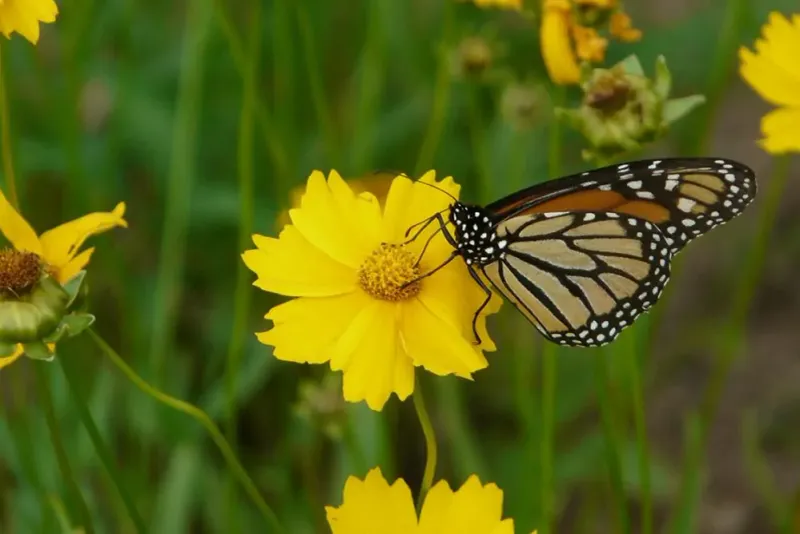
With their cheerful yellow blooms, Coreopsis is a favorite among gardeners and pollinators alike. These sun-loving flowers are known for their resilience and ability to thrive in various environments.
Coreopsis not only adds a splash of color but also supports local ecosystems by attracting bees and butterflies. Its extended blooming period provides a constant nectar source.
Often used in landscaping for its easy maintenance, Coreopsis is a delightful way to invite beneficial insects into your garden while adding vibrant color.
Lavender
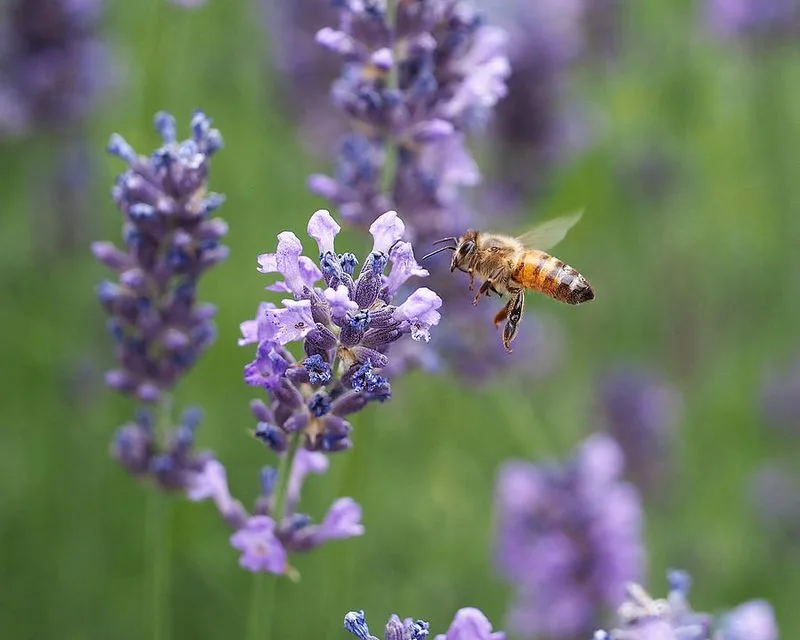
Lavender’s enchanting scent and delicate purple flowers make it a garden staple. Known for attracting bees, this aromatic plant contributes to the creation of flavorful honey.
Besides its appeal to pollinators, Lavender is celebrated for its calming properties, often used in aromatherapy. Its drought-resistant nature makes it an easy-care option for gardeners.
By planting Lavender, you’re not only enhancing the sensory experience of your garden but also supporting the insects that play a vital role in maintaining ecological balance.
Bee Balm
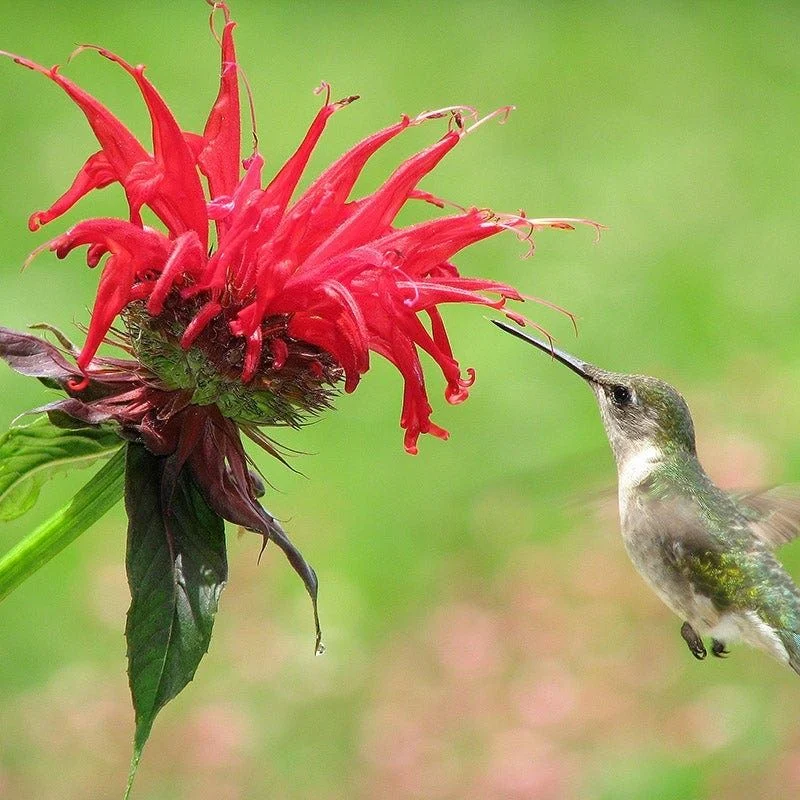
Bee Balm is a vibrant addition to any garden, known for its striking red blooms that attract hummingbirds, bees, and butterflies. Its unique tubular flowers provide a rich source of nectar.
This plant is not just a feast for the eyes; it also has historical significance as it was used by Native Americans for medicinal purposes. Its aromatic leaves add another layer of sensory delight.
Including Bee Balm in your garden ensures a dynamic display of color and life, making it a true centerpiece for attracting beneficial insects.
Sunflower
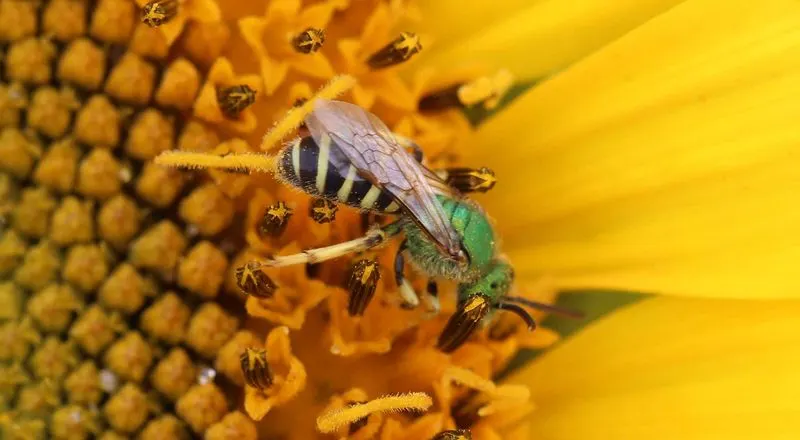
Sunflowers are synonymous with summer, their towering stalks and bright faces following the sun. They are not only a visual spectacle but also a haven for pollinators like bees and butterflies.
These giants of the flower world are easy to grow, providing seeds that birds adore in the latter part of the season. The sunflower’s impressive growth and vibrant flowers create an inviting habitat.
Planting sunflowers can transform a garden into a lively ecosystem, supporting a variety of insects and wildlife drawn to their sunny disposition.
Purple Coneflower

The Purple Coneflower, with its distinctive drooping petals and raised center, is a striking addition to any garden. Its long-lasting blooms attract bees, butterflies, and birds alike.
This hardy perennial is known for its ability to thrive in tough conditions, making it a gardener’s favorite. The Purple Coneflower’s beauty is matched by its utility in herbal medicine, adding to its appeal.
By planting this flower, you’re not only enhancing your garden’s aesthetic but also supporting the diverse ecosystem that relies on these vibrant blooms.

